Can Ayurveda Help with Lyme Disease?
Bacteria is all around us.
Every day we come into contact with both friendly and unfriendly strains – in the air we breathe, the food we eat, the water we drink and virtually everything we touch; bacteria live on us and in us, adhesive microorganisms we cannot possibly hope to escape entirely.
And, of course, we wouldn’t want to: this is a symbiotic relationship, one which helps us properly digest food and absorb valuable nutrients.
But not all bacteria is good.
In this article, we'll take a closer look at the principles of Ayurveda, and ask whether it can help those battling Lyme disease.
Lyme Disease: A Dangerous Bacterial Infection
Public awareness of Lyme disease is at an all-time high: most of us are aware that it is spread to humans by infected ticks.
Lyme disease is caused by a specific type of bacteria called Borrelia burgdorferi and is usually carried at first by mice, who in turn transfer it to ticks.
If left untreated, this dangerous bacteria can lead to severe health issues including heart problems, nerve damage and arthritis.
One tell-tale sign of Lyme disease is a rash, sometimes known as a ‘bullseye rash’ due to the circular area of redness in the centre of which is an angry red dot.
However, this rash does not afflict everyone infected with Lyme disease, meaning the condition can go undiscovered until more serious symptoms manifest themselves.
Since early detection greatly lessens the impact of the disease, prevention is hugely important: if you are camping, hillwalking or hiking this summer, be sure to wear suitable clothing when walking through areas of forestry or long grass.
You should also use a repellent formulated for ticks, midges and other biting insects, and carry a tick-removal tool in your bag. If possible, favour light-coloured clothing to make spotting ticks easier.
Lyme disease affects 3,000 people each year according to the NHS – a tenfold increase since 2001. However, many charities focusing on the disease actually set the figure much higher, anywhere between 30,000 and 45,000.
In recent years, Lyme Disease UK (LDUK) managed to form an All Parliamentary Party Group after meeting MPs at Westminster, so awareness is certainly growing. The National Institute for Health and Care Excellence have also published new guidance on the condition.
Sadly, at present there is no gold standard test for Lyme disease. And since the majority of people will not recall having been bitten, the potential for misdiagnoses is massive – hence the discrepancy between charities’ estimates and the aforementioned NHS figures.
Differing Perspectives on Lyme Disease
Early symptoms of Lyme disease are not dissimilar from those of flu: high temperature, headaches, pain in the muscles, fatigue, swollen lymph nodes, a general feeling of stiffness in the neck.
When the infection spreads, however, a surfeit of symptoms across the endocrine and neurological body systems is triggered.
Despite this, there remains an element of pushback to the threat of Lyme disease. The fact that it cannot even be confirmed without the use of blood tests at private laboratories (whose results are generally not accepted by the NHS) should indicate that there’s a serious disconnect at play here.
Some practitioners dismiss the idea of chronic Lyme disease out of hand, while others believe a short course of oral antibiotics is sufficient to solve the problem and reject the notion of long-term treatment.
According to a joint survey run by Caudwell LymeCo and Lyme Disease UK in 2016, 29% of Lyme disease patients experienced symptoms for a decade before being diagnosed, while two-thirds of respondents had been sick for over two years.
This is a truly shocking state of affairs.
Ayurveda: A Natural Solution?
There are many medical and herbal treatments suggested for Lyme disease and other bacterial infections. Detoxing is one popular course of action, usually alongside antibiotics, and this helps the body remove endotoxins and other unfriendly bacteria.
Of course, it’s always a good idea to check with your doctor or dietitian before embarking on such a protocol. Due to a lack of accepted therapy, some of those afflicted by Lyme disease favour a mixture of conventional and alternative treatments.
Conclusion
By being diligent about following the aforementioned rules when out and about, you’ll have some much-needed peace of mind where ticks are concerned.
If you’re concerned about ticks, you can join Lyme Disease UK’s Facebook Discussion Group; the website is also a valuable resource with information on local groups, regular blogs and details on upcoming events.
Whatever you do, don’t let ticks spoil a good day’s exploring this summer!
Water for Health Ltd began trading in 2007 with the goal of positively affecting the lives of many. We still retain that mission because we believe that proper hydration and nutrition can make a massive difference to people’s health and quality of life. Click here to find out more.





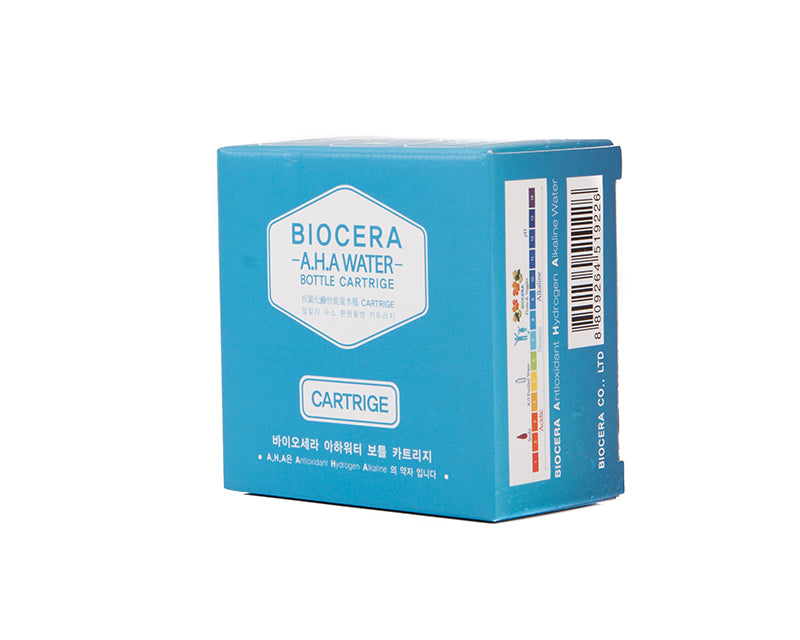


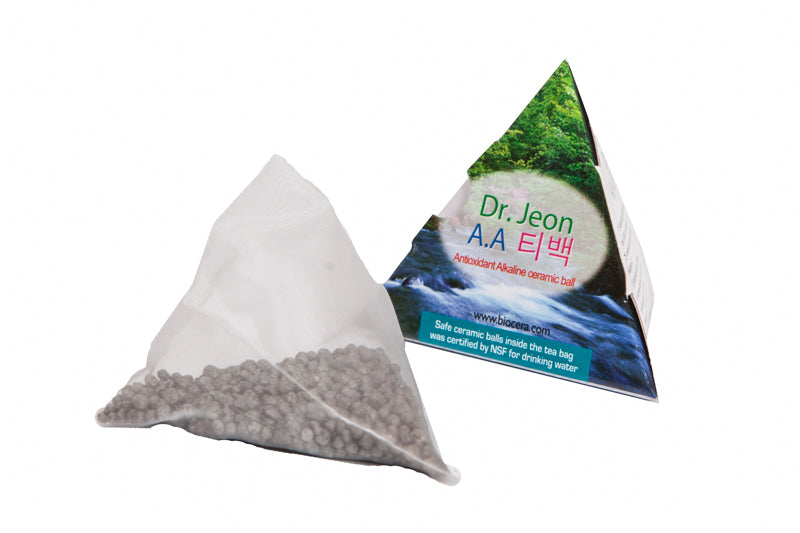



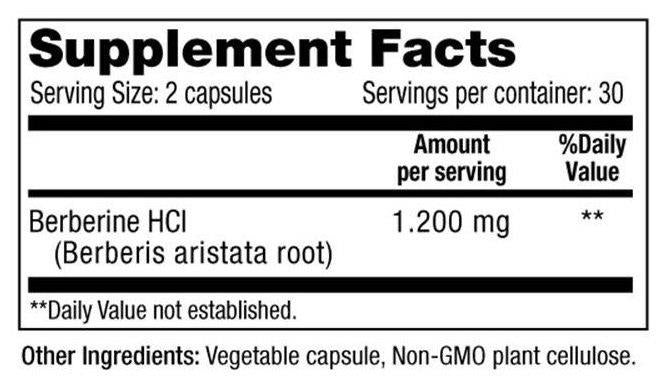

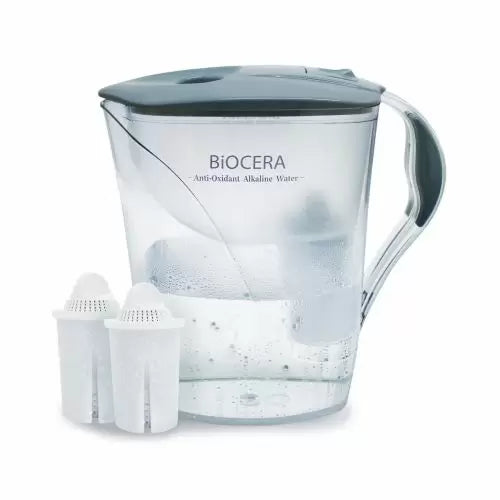


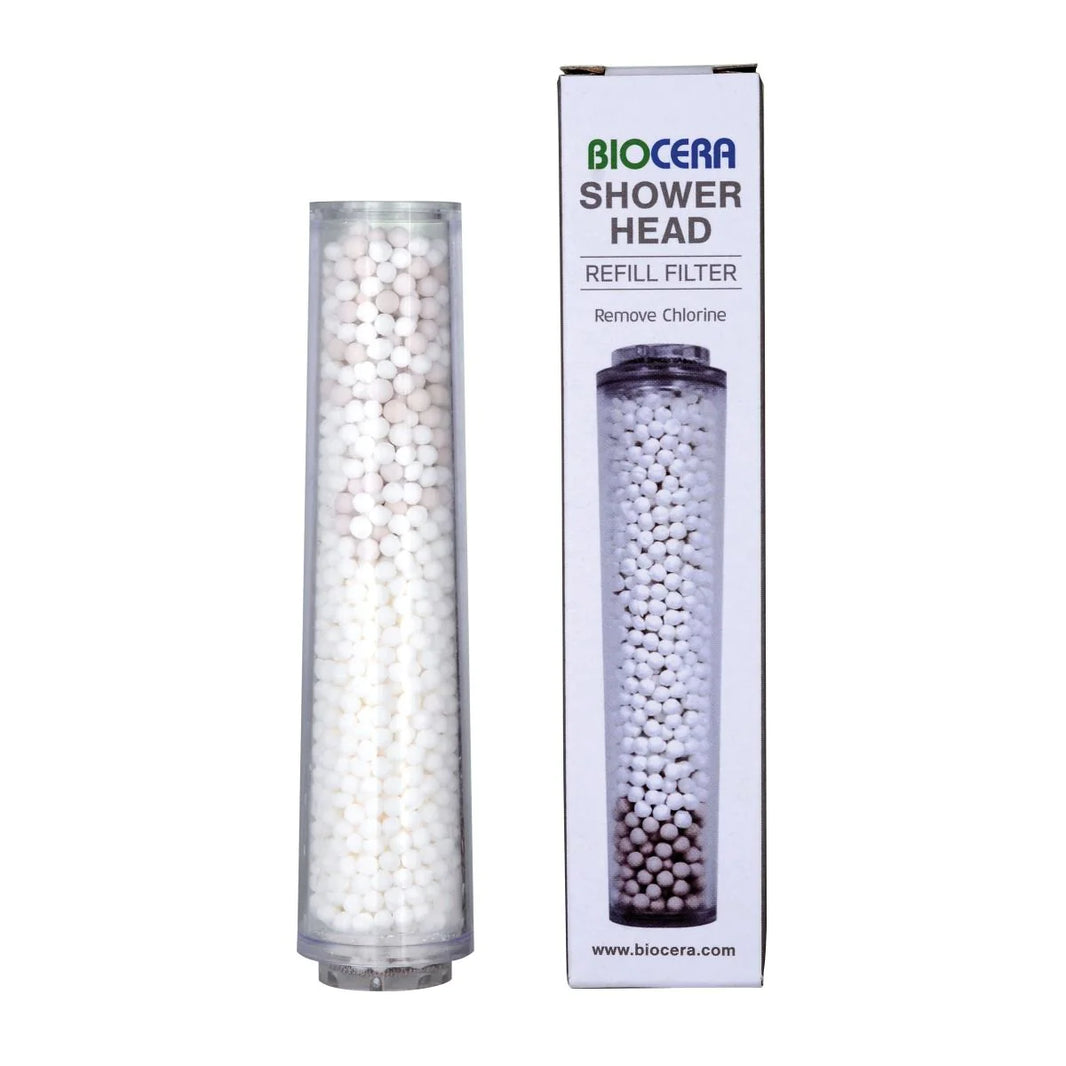









Leave a comment